Azur 1/72 V-156 F Vindicator
I bought this kit for $10 at a contest, after calling a friend to ask if he could vac-form new canopies, as those in the kit were yellow as burnt wheat! The kit was a mix - it has nicely engraved panel lines, some nice resin additions (bomb shackles, exhausts, cowling air scoop, gun, tail hook, bombs, airbrake bases - can't remember if anything else - maybe the engine...), PE airbrakes (ouch - see photo), and as mentioned, vac-formed canopy. Also, the decals were actually pretty nice and conformed well with solvent, though the ones for the horizontal tailplanes were incorrectly sized and had to be drastically trimmed to fit (four of them, very tedious!). However, it was also incredibly flashy, especially all the parts that build up the framed interior. I won't complain too much after that Mach2 Savage...!
I had started this kit almost a year ago, because a friend who was doing a review for some PJ Productions pilots asked me to photograph them in a cockpit. They were US Navy pilots, and my original intent was to use Midway decals to build a Midway Vindicator, so I built up the cockpit frame and the pilots - painting them up in USN style - and sent him the photos.
Then I realized that this kit could not be made into a US version. The most significant problem was the airbrakes, which the USN version did not have. I had thought I might be able to blank out the area where the airbrakes attached (there was a rectangular cut out into which was inserted a resin base, then the individual tines of the airbrakes were to be glued to that), but based on the construction of the wing, had I attempted that, it wouldn't have been true to a US version. So - I plopped the USN pilots into a French V-156 Vindicator!
Construction was straightforward, though the airbrakes were a pain. The inserts needed some trimming/filler to fit well, and as mentioned, each individual tine had to be glued down in place. I would have loved to have built them deployed to make all that PE detail noticeable, but because the roundels overlapped the airbrakes, I couldn't imagine a path to make that work that wouldn't have driven me insane! I can only take so much pain per project.
Because I intended to pose with canopy cut apart and open, I did add just a few details to the interior, though not visible in pictures. I also had to replace the front aerial post with styrene as the resin post was warped, added the small post on the tail, and the pitot. The resin bombs were nice, with a PE section that folded into a square tail fin, but somehow I broke one of the bombs beyond repair, so pulled a set of RAF bombs from a recent Tempest build and used those instead. Not quite the same shape, but they're hanging!
This was my second attempt with the airbrush, and at the show where I bought the kit, I had also purchased a set of French camo Lifecolor acrylic paints (after being convinced by the guy selling them that he used/loved them). I don't think I'll ever use them again. Took a bit to get the paint/thinner ratio right, and one of the colors (the chestnut brown) I couldn't use - it was too gloppy, so mixed up a matching color out of Tamiya paint. I free-handed the splotches since the reference photos showed that, even at this small scale, they would look about right with the soft edges. Even though softer than actual, I like them!
Canopy was tough. I'm not a fan of vac-form other than IF you get it right, it's a much better end result. Used a surgical scalpel to trim and sanding sticks to get the entire frame down to about where it needed to be, then scalpel again to cut it into sections and then trim down the sections in a way that would allow them to nest properly. When test-fitted (prior to paint), it looked perfect, though due to the nature of using the original canopy as a mold for the new one, meant it would be a tad oversize. This meant a little squeezing when glueing down to get it to fit properly. This is where trouble began. Once painted (no - I didn't mask and airbrush - I masked individual sections of frame and hand-painted), as I then tried to superglue the sections down and hold for a few moments until secure, I didn't get the same fit as when I had dry-fitted - especially the front section laying over the top of the center. If it weren't for that issue, I would have felt like this was one of my favorite/best builds, but it's just too obvious when you look at the result that it isn't right. Oh well - can't win them all!
I eventually do want to do a Midway Vindicator (I've already got the decals), and Azur has a USN version in my scale. Since I still have the second vac-formed canopy that my friend produced, I may look for one soon.
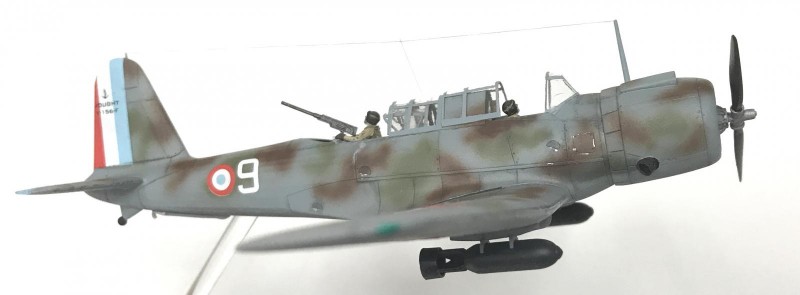
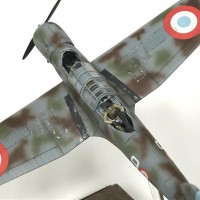
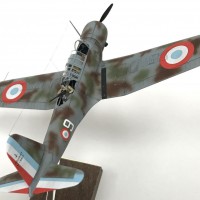
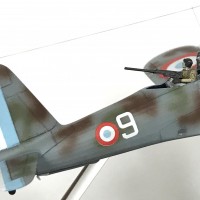

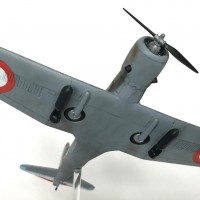

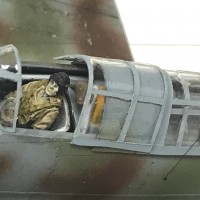
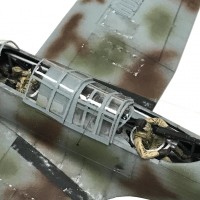
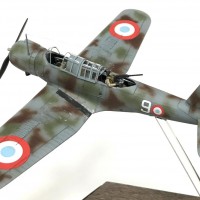
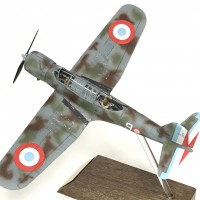
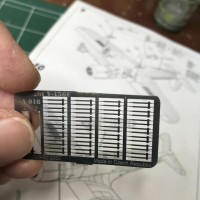

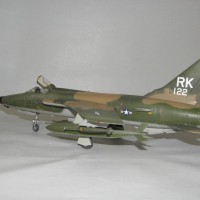
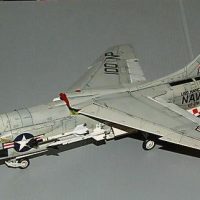

Greg, nice job! I like it.
Good job, looks great.
great work Greg! imo not enough models are displayed this way. very nice.
Nicely done,a not usually seen build, looks great !
Your the Dale Travis in the 72nd scale world Greg, with the unique and unusual. I believe this is the first Vindicator I have seen in French livery. I didn't even know about the dive brakes in the wings for the French version. What is incredible that these were over Europe and maybe in N. Africa. Sorry to hear that you didn't care much for the Lifecolor paints, I have not run into any problems with them so far. Regardless a very nice piece. Thanks for sharing an unusual subject.
Great work on a very cool subject! I've the Azur 1/48 kit on my short list. It's the AM kit with new upper wings incorporating the dive brakes and added resin detail parts.
I'd really like to see that one Dale !
Hopefully sometime in 2020 Louis!
I agree this is a remarkable build. Especially when you consider it's in 1/72 scale...I can't imagine working with small PE parts in this scale...not with my vision and fat fingers ! It looks much more detailed than most of the ones you see that were built in 1/48, and the paint is flawless. I think this is the first French version of the "Wind Indicator" I have seen completed. It looks fantastic perched on top of your one of a kind display stands... I too leaned something about the dive brakes. I knew that some French planes had oddities, such as the throttle quadrants being reversed, and they had different instruments (metric I believe) and armaments, but the dive brakes was a new one... Thanks for sharing this beauty with us.
that's just awesome
Looks really good Greg...woof woof
That’s a good looking plane, Greg! Your paint job is great. Freehand airbrushing in 1/72 is a real skill.
Fantastic Greg - what a brilliant choice of scheme! Ten out of ten!
Hi Greg,
Amazing paint scheme on this French Vindicator. According to your article, you were more or less forced to use the French version. Very good. The French used the whole US aviation inventory to get started after WWII. I am going to do some searching regarding the home base of this squadron. Regards, Dirk / The Netherlands.
Hello Greg,
I checked it out. Due to threat of war, Vought Division was taking part in the October 1938 Salon de L'Aeronautique in Paris. The company demonstrated the export version of the SB2U-2.
This demonstration led the French Government in February 1939 to place a contract for twenty aircraft under company designation V-156-F.
A few changes to the French version;Reversed throttle,French radio equipment, French Darne 7.5mm machine gun. They were not allowed to use the Vought bomb displacement gear. The verdict of this, was that bombs only could be carried on underwing bomb racks. As mentioned by you, the wing mounted fence type dive brakes. In may 1939 another twenty aircraft were ordered. Due to embargo (Neutrality Act) part of the last batch were shipped to Canada to avoid being embargoed. Served short period on the carrier "Bearn". Mainly maritime patrols and convoy escort English Channel and North Sea. On the 20th of May 1940 they attacked the German Advance, by bombing a number of bridges that crossed the canal near Origny-Ste-Benoite on the Oise River. Unfortunately, the formation run into a German flock of German BF-109 and lost five aircraft. After some more actions in the South of France, the (few) remaining aircraft were evacuated to Corsica and by 30th of August 1940 the French Vindicators were history.
Regards,
Dirk / The Netherlands.
Fantastic work as always, never know that was your first attempt with an airbrush. Looking forward to seeing this one in person soon.